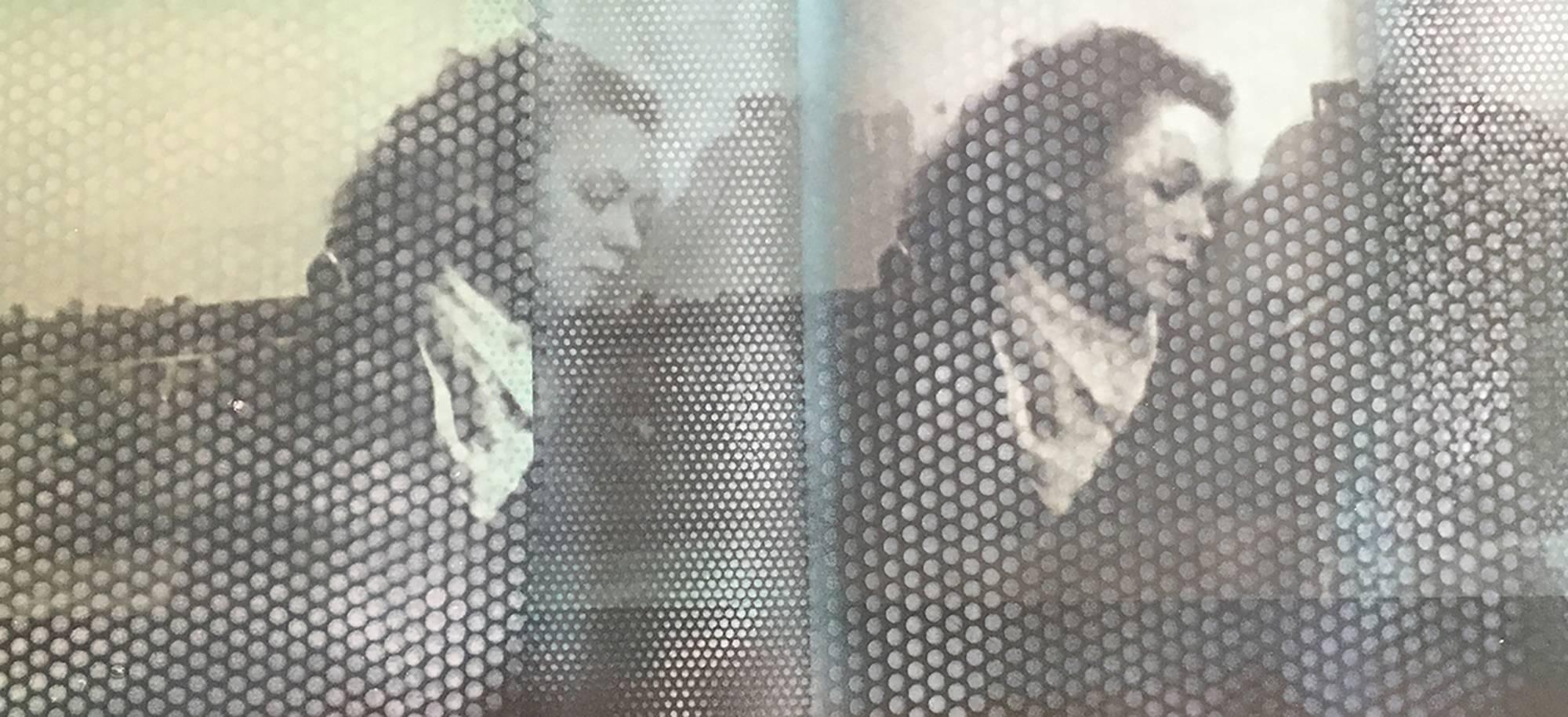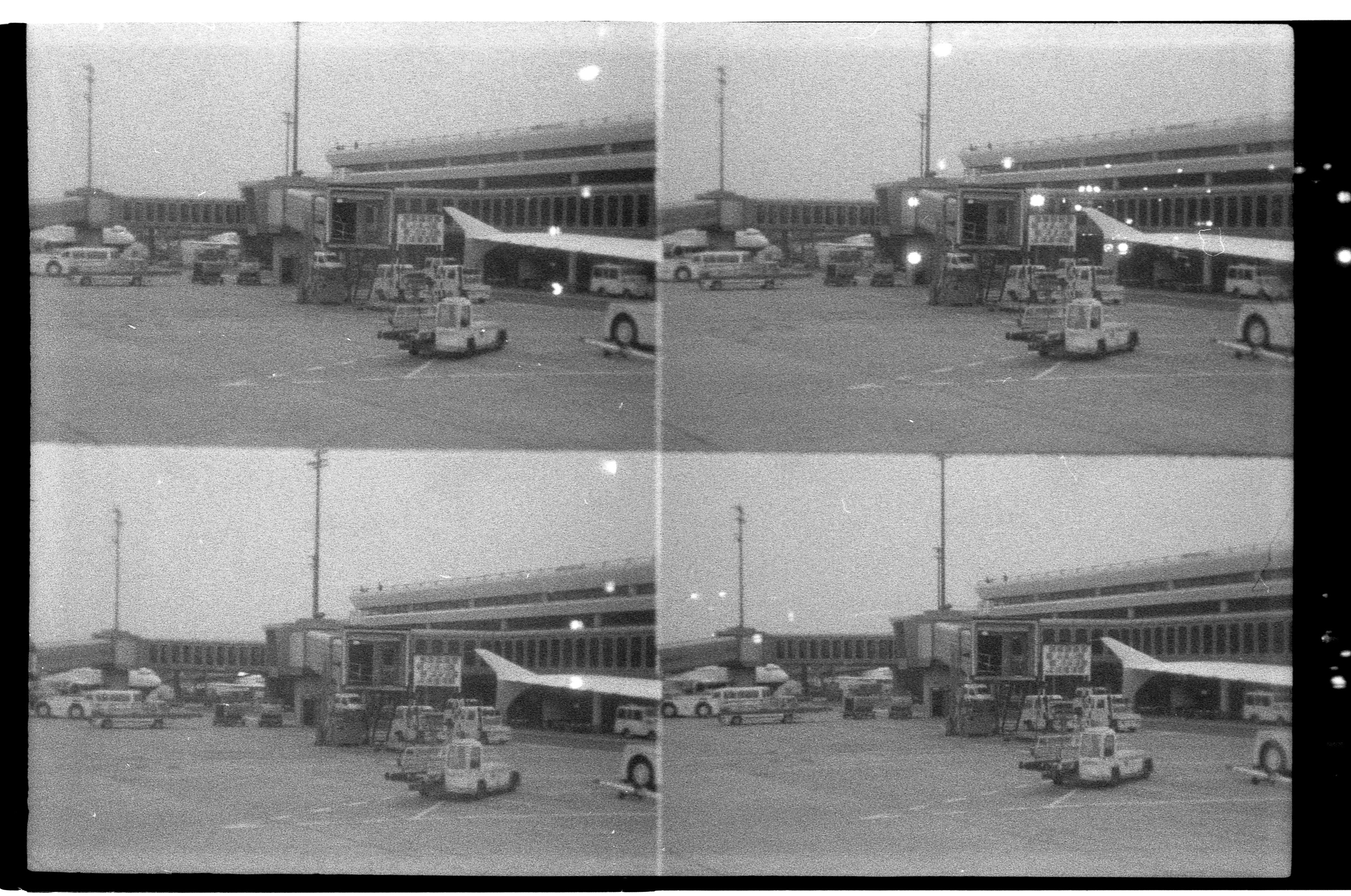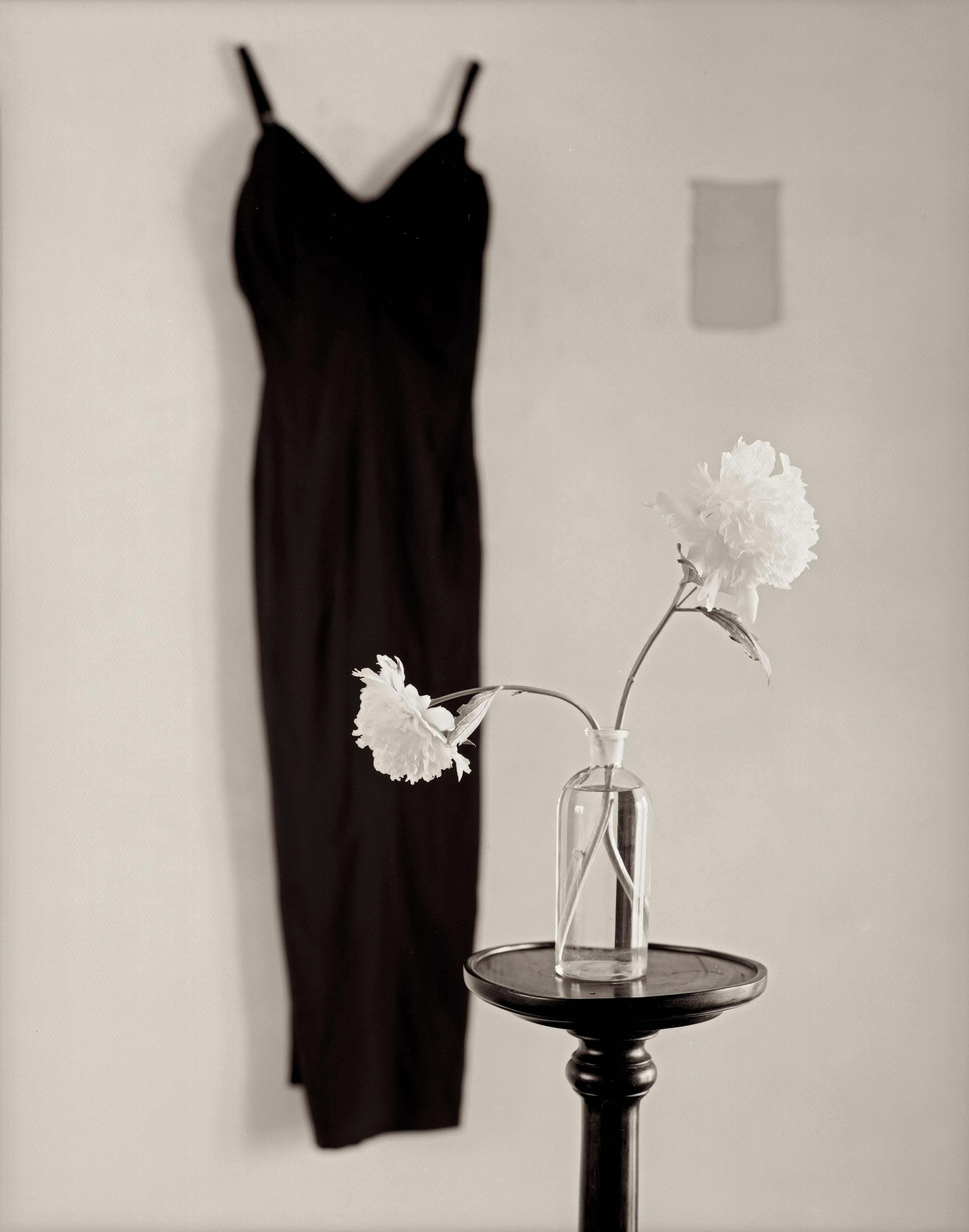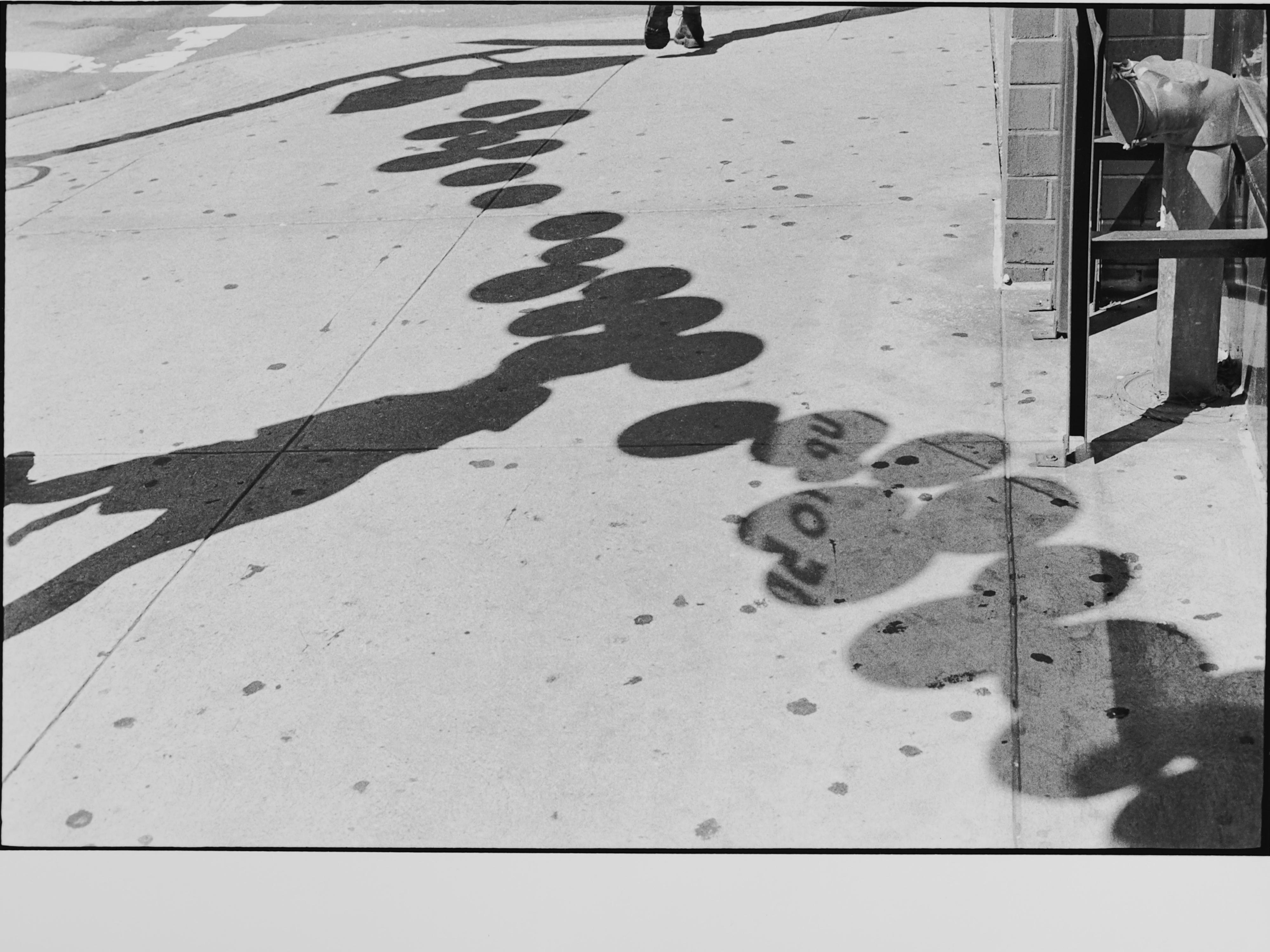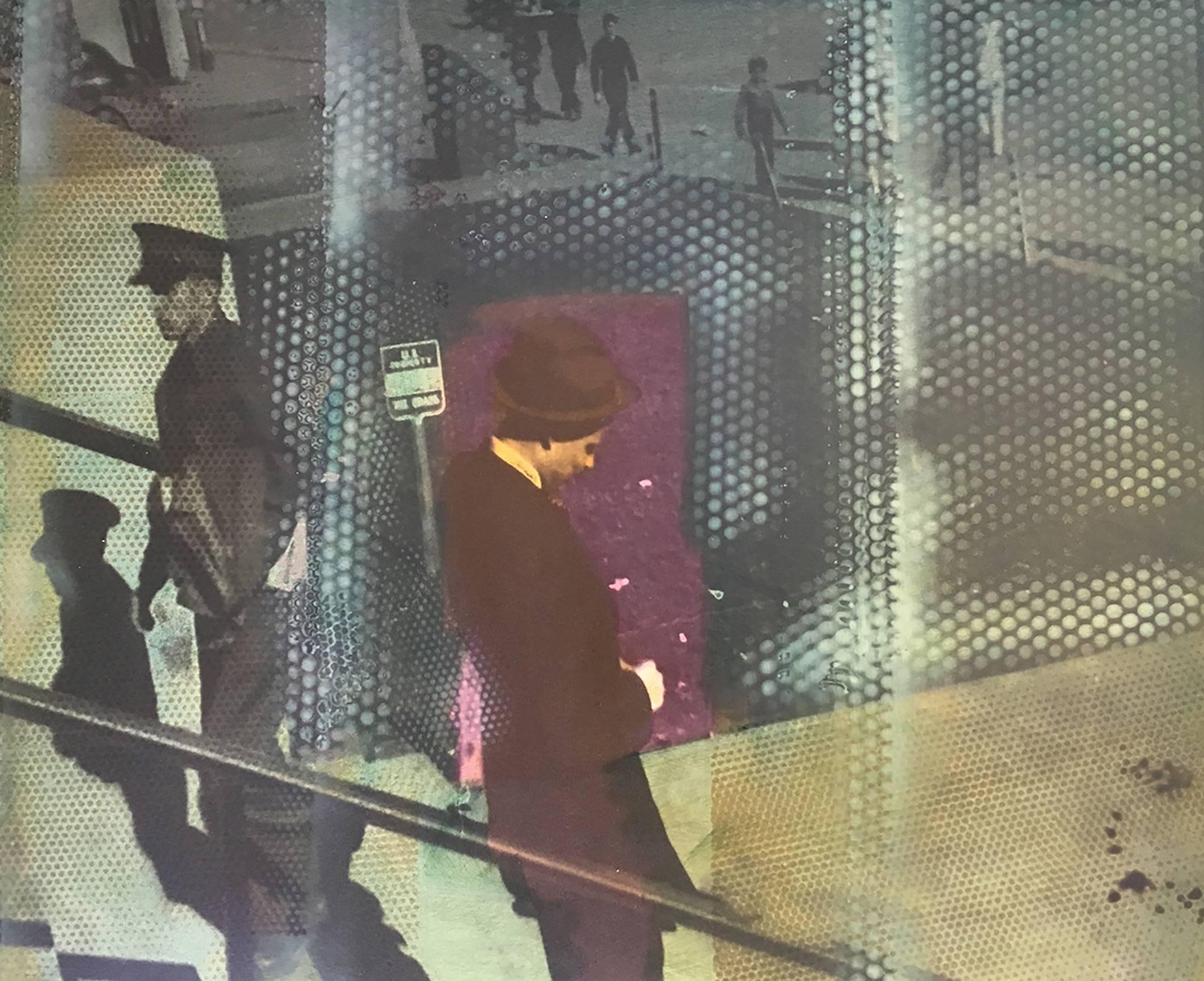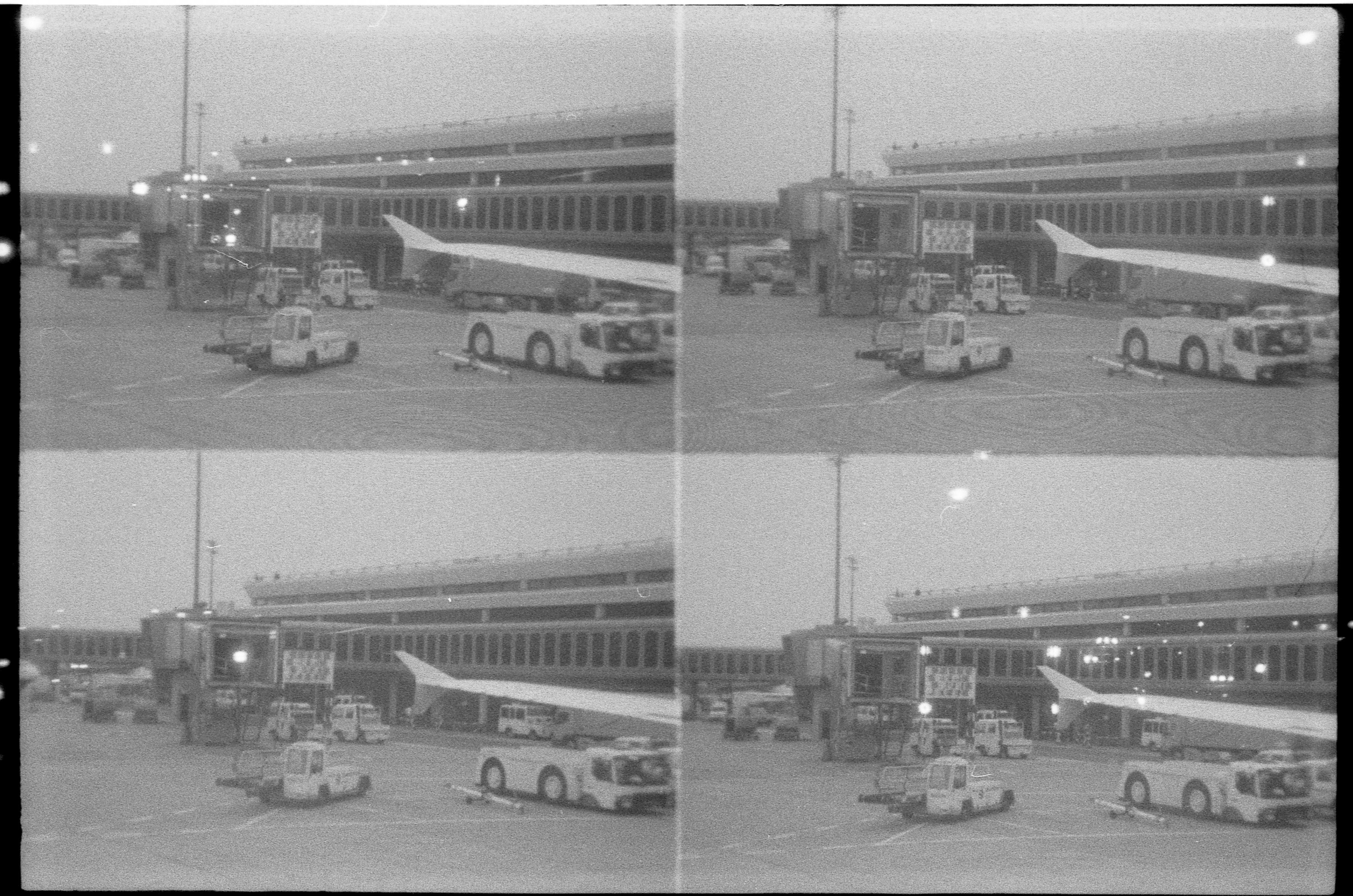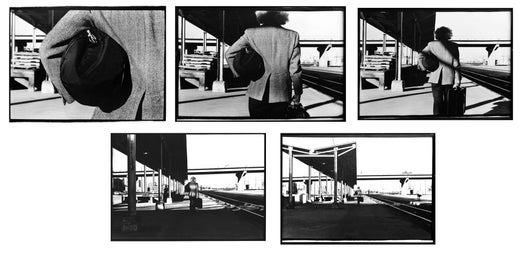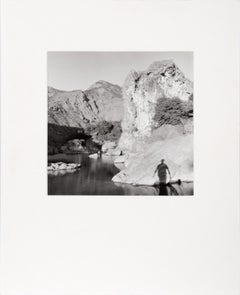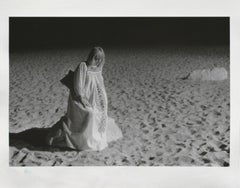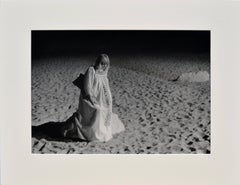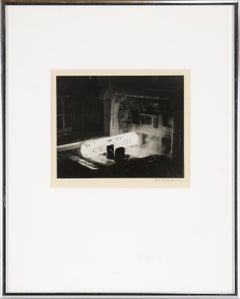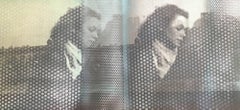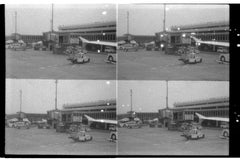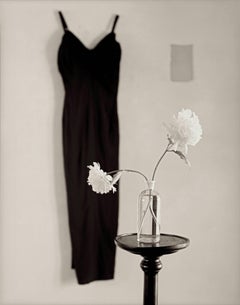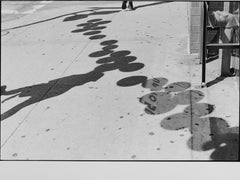Betty HahnArrival or Departure Photographic Series (After Hitchcock) by Betty Hahn1987
1987
About the Item
- Creator:Betty Hahn (1940)
- Creation Year:1987
- Dimensions:Height: 18 in (45.72 cm)Width: 25 in (63.5 cm)Depth: 1 in (2.54 cm)
- Medium:
- Movement & Style:
- Period:
- Condition:Excellent photograph condition, some bowing to one or two of the foam cores and edge impressions to print surface at frame margins.
- Gallery Location:Soquel, CA
- Reference Number:Seller: RJA40451stDibs: LU54216454742
Betty Hahn
Betty Hahn was born Elizabeth Jean Okon in 1940, in Chicago, Illinois. In 1967, Betty Hahn moved to Rochester to pursue a job at Kodak or Xerox. While in Rochester, she participated in Nathan Lyons's Visual Studies Workshop from 1967–68. Lyons lectured on Vernacular and Snapshot photography to workshop students, reinforcing Betty's interest in this "folk" tradition. During her time at the VSW, she met Tom Barrow, Roger Mertin and Alice Wells, and reconnected with Robert Fichter. She was encouraged by how their work was challenging the rules of what was common in fine-print photography. At age 10, her aunt Marcella Brown gave Betty her first camera, a Brownie #2. At this same time, the Okon family moved to Indianapolis, Indiana. After graduating from Scecina Memorial Catholic High School in Indianapolis, she entered Indiana University in Bloomington, Indiana. Hahn earned a four-year scholarship and studied fine arts. While she was experimenting with photographic image-making, her initial artistic experiences involved painting and drawing. Hahn did not take photography seriously as a medium for her artistic expression during her undergraduate work.
At age 23, Hahn graduated with a bachelor of arts degree and continued at Indiana University for graduate studies in the department of photography. At the suggestion of Henry Holmes Smith, she started experimenting with the gum bichromate process. Smith convinced Hahn that photography was serious, potent stuff, and she eventually settled into a comfortable but exciting dialogue with photography, which would characterize her career. Working under Smith, Hahn met Robert Fichter, who became the subject of some of her early photographic projects. In 1966, after graduating with a master of fine arts degree from Indiana University, she moved to Ithaca, New York. She was hired at Cornell University to make slides for the Art History Department slide library. After a year at Cornell, she moved to Rochester. After spending some time at VSW, she began teaching photography and design to deaf students at the National Technical Institute for the Deaf. After a year, Hahn transferred to the School of Photographic Arts and Sciences at Rochester Institute of Technology, where she taught until 1975. She met Lee Witkin at a reception at the George Eastman House in Rochester, New York, in 1972.
Hahn’s first one-person show, "Betty Hahn," opened in New York City at the Witkin Gallery in 1973. In 1974, she received a grant from the National Endowment for the Arts to be a visiting artist at Franconia College, New Hampshire, to continue projects in non-silver processes and mixed media. At the age of 36, Hahn was hired as a visiting professor to teach photography at the University of New Mexico in Albuquerque. In 1978 and 1983, she received grants from the National Endowment for the Arts for ongoing projects. During the spring semester in 1986, she became a full-time professor of photography. She taught there until retirement in 1997. Among the museum collections that contain Hahn's work is the Art Institute of Chicago; the Museum of Modern Art, New York; the National Gallery, Ottawa: and the San Francisco Museum of Modern Art.
(Biography provided by Robert Azensky Fine Art)- ShippingRetrieving quote...Shipping from: Soquel, CA
- Return Policy
More From This Seller
View AllLate 20th Century Photorealist Black and White Photography
Photographic Paper
1980s Realist Figurative Photography
Archival Ink, Rag Paper
1980s Realist Figurative Photography
Archival Ink, Rag Paper
1930s Photorealist Black and White Photography
Photographic Paper, Silver Gelatin
1990s Realist Black and White Photography
Silver Gelatin, Photographic Paper
1980s Realist Figurative Photography
Archival Ink, Rag Paper
You May Also Like
2010s Contemporary Black and White Photography
Varnish, Oil, Silver Gelatin
2010s Contemporary Black and White Photography
Archival Paper, Photographic Paper, Black and White, C Print, Polaroid
21st Century and Contemporary Contemporary Black and White Photography
Black and White
21st Century and Contemporary Photorealist Abstract Photography
Silver Gelatin
2010s Contemporary Black and White Photography
Varnish, Oil, Silver Gelatin
2010s Contemporary Black and White Photography
Archival Paper, Photographic Paper, Black and White, C Print, Polaroid
